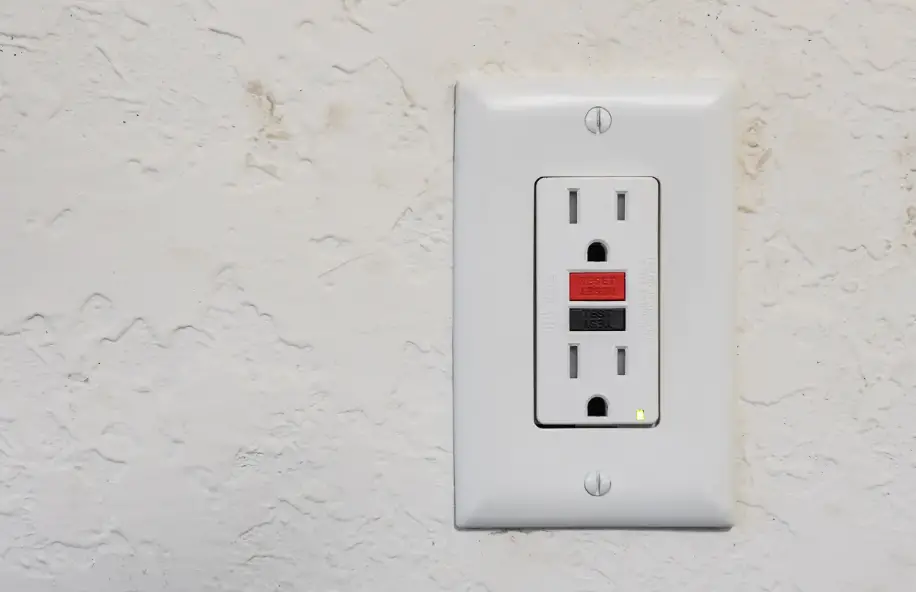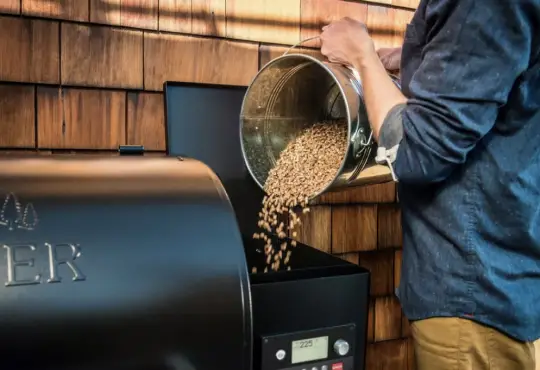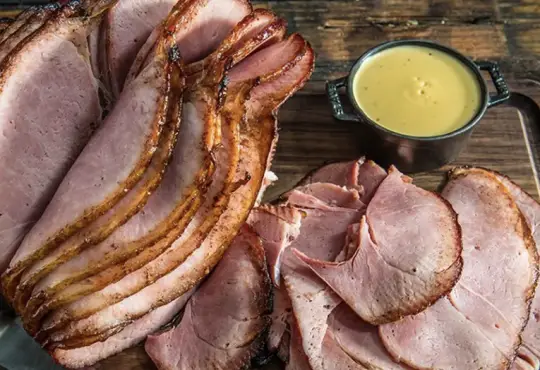
The Power Behind the Flavor: How Much Electricity Does a Pellet Grill Use?
Pellet grills have revolutionized outdoor cooking by combining convenience, precision, and the delicious smoky flavors of traditional grilling. As more grill enthusiasts consider adding a pellet grill to their culinary arsenal, questions arise about the electricity consumption of these versatile appliances. In this blog post, we’ll delve into the factors that influence the electricity usage of a pellet grill and provide insights into how much power these grills typically consume.
Understanding Pellet Grill Electricity Consumption:
1. Pellet Grill Components: Pellet grills are equipped with several components that require electricity to function effectively. These include the auger, the combustion fan, the convection fan, and the digital controller.
2. Auger and Pellet Dispensation: The auger is responsible for transferring wood pellets from the hopper to the firepot. It uses electricity to operate, ensuring a steady supply of pellets for consistent heat and smoke production.
3. Fans and Temperature Control: The combustion fan provides oxygen to the fire, while the convection fan circulates heat within the grill chamber. These fans maintain precise temperature control, ensuring even cooking and efficient pellet combustion.
4. Digital Controller: The digital controller monitors and regulates the grill’s temperature. It requires electricity to function and allows users to set and maintain their desired cooking temperatures.
Factors Influencing Electricity Usage:
1. Cooking Temperature: Higher cooking temperatures require the pellet grill to work harder to maintain the desired heat level, potentially increasing electricity consumption.
2. Cook Time: The longer the cooking time, the more electricity the grill will use to maintain consistent heat and temperature throughout the cooking process.
3. Ambient Temperature: Cold weather conditions can cause the pellet grill to use more electricity as it works to maintain the desired cooking temperature.
4. Fan Speeds: Using different fan speeds for smoking, roasting, or grilling can influence the grill’s electricity consumption.
How Much Electricity Does a Pellet Grill Use?
1. Average Usage: On average, a pellet grill consumes around 300 to 400 watts per hour when operating at cooking temperatures. However, consumption can vary depending on the factors mentioned above.
2. Cooking Duration: For a typical four-hour cook, a pellet grill might use between 1.2 to 1.6 kilowatt-hours (kWh) of electricity.
3. Long-Term Costs: Considering average electricity rates, a four-hour cook might cost around $0.15 to $0.20 in electricity.
Conclusion: Pellet grills offer a convenient and flavorful way to cook a wide range of dishes. Understanding the electricity consumption of these grills can help you plan your cooking sessions and manage energy costs. While pellet grills do use electricity to power their components and maintain cooking temperatures, their efficiency and ability to deliver mouthwatering results make them a worthwhile investment for grill enthusiasts. By optimizing your cooking techniques and being mindful of factors that influence electricity consumption, you can enjoy the best of both worlds: delicious food and well-managed energy usage.






